Sleep Soundly: The Ultimate Guide to Home CPAP Machines for Comfortable Sleep Therapy
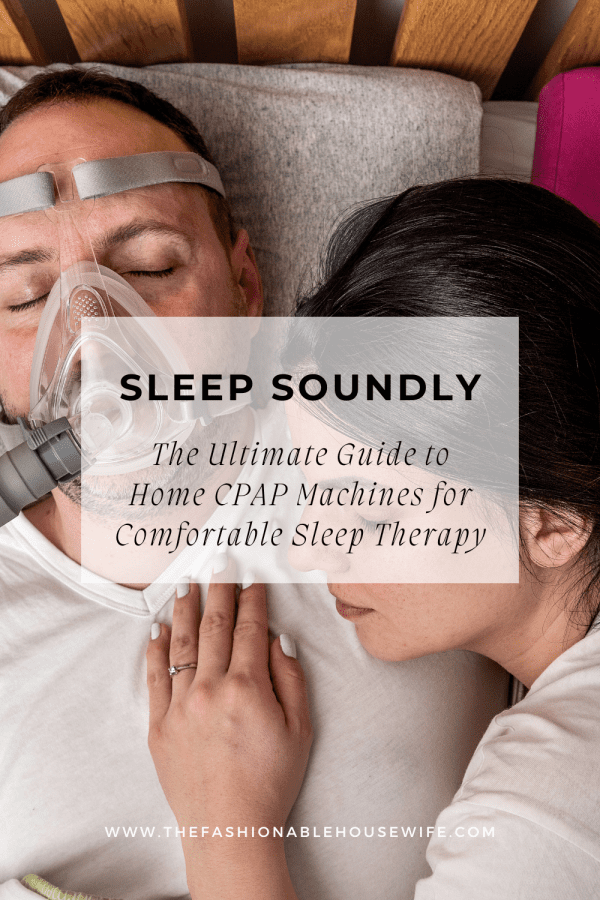
Obstructive sleep apnea (OSA) is a medical condition in which a person’s airway periodically becomes blocked during sleep, leading to temporary cessation of breathing. Not only does it disrupt sleep, but it can also cause serious health problems such as high blood pressure, heart disease, and constant fatigue. CPAP (Continuous Positive Airway Pressure) machines have become the main treatment for sleep apnea, allowing patients to breathe freely and calmly during sleep.
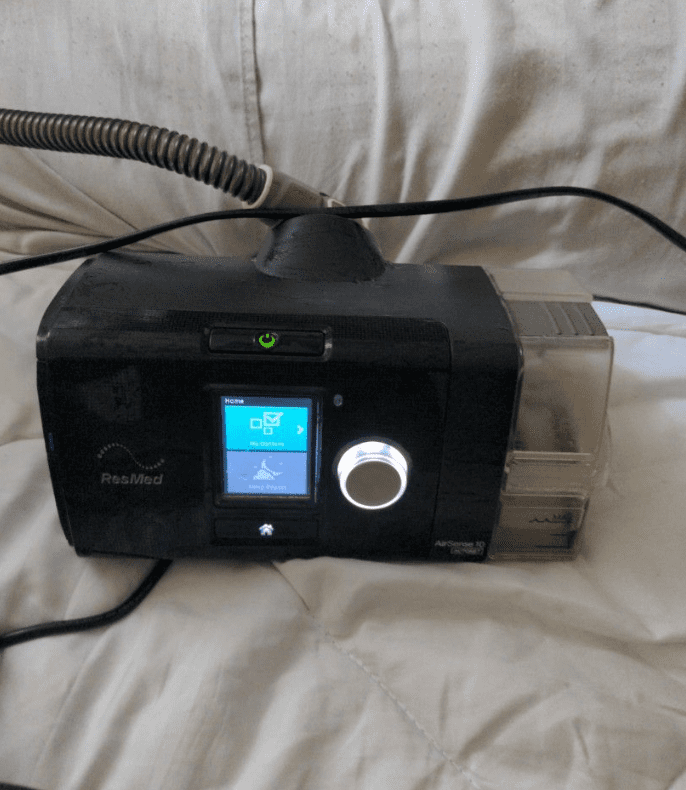
Advantages of using CPAP devices at home.
- Comfort in a familiar environment.
The use of a CPAP device at home allows the patient to conduct therapy in an environment that is familiar and comfortable. This is important because psychological comfort has a significant impact on the success of treatment. The patient can customize the bedroom to their needs, choose a comfortable mask and other accessories that are best suited for home use.
- Individualized settings and control of therapy.
Home devices allow patients to independently control the treatment process. Modern models are equipped with automatic pressure control and the ability to adjust various parameters for maximum convenience and efficiency. In addition, many devices have monitoring functions that allow you to track the effectiveness of therapy.
- Continuous access to treatment
Patients who use CPAP at home have the opportunity to have ongoing therapy, not limited to hospital visits. This is especially important for those who need regular and long-term treatment. The home device allows the patient to follow the therapy regimen without interruption, which contributes to better treatment results.
- Reduced costs.
Treating sleep apnea at home can reduce the cost of medical services, such as regular visits to clinics or hospitals for procedures. Buying a CPAP machine can save you money in the long run, especially when you consider the convenience and duration of its use. You can order it online on our website: https://medsupplycart.com/collections/auto-cpap-machines
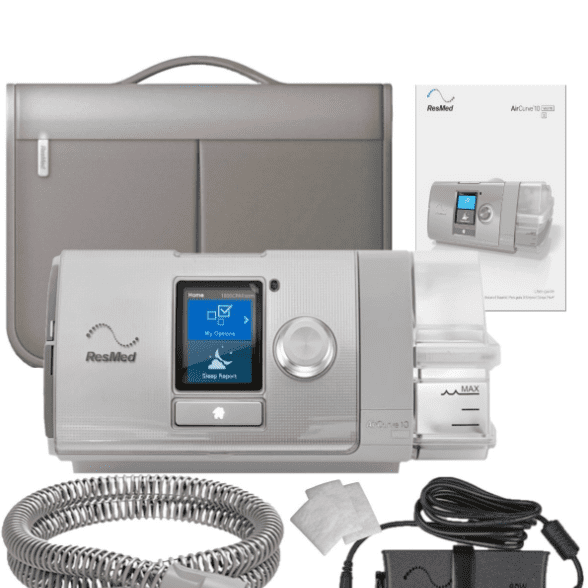
Ensuring comfort when using a CPAP device at home.
- Choosing the right mask.
One of the key elements of comfortable therapy is the right choice of mask. There are several types of masks for CPAP devices:
- Nasal mask. It covers only the nose and is suitable for patients who breathe through the nose during sleep. This is one of the most common masks because of its compactness and comfort.
- Full-face mask. Covers both the nose and mouth, making it ideal for patients who breathe through their mouths during sleep or have frequent colds.
- Nasal cannulas. These are miniature tubes that are inserted into the nostrils. They provide minimal intervention and are suitable for people who need to maintain maximum comfort.
The choice of mask depends on personal preferences and doctor’s recommendations. It is important to try out several options to find the one that is most comfortable.
- Use of a humidifier.
For many patients, CPAP use can lead to dryness in the nose and throat. This can be uncomfortable, especially during the cold or dry season. Many modern CPAP machines are equipped with humidifiers that add moisture to the airflow to help avoid these problems. Humidification makes therapy more comfortable and prevents dry mucous membranes.
- Setting up the device.
To ensure comfortable therapy, it is important to properly adjust the device according to the doctor’s recommendations. Some models have a “Ramp” function that allows you to gradually increase the air pressure so that the patient can fall asleep more easily. Also, automatic models can adjust the pressure independently during the night depending on the patient’s needs.
- Adherence to sleep patterns.
It is important to follow a regular sleep schedule and use CPAP every night. This contributes to better treatment results and reduces the symptoms of sleep apnea. Try to go to bed at the same time and provide yourself with a comfortable sleep environment.
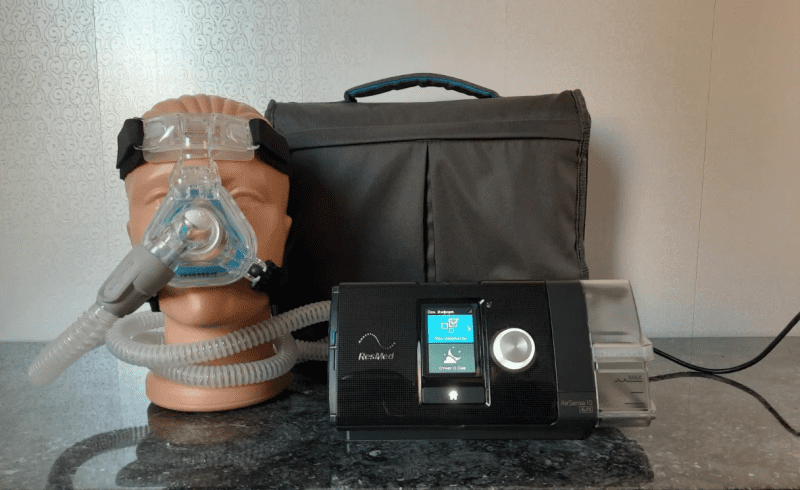
Easy care of the CPAP device.
- Regular cleaning. To ensure effective and safe therapy, it is important to clean your machine regularly. The mask, tubing, and water tank can accumulate bacteria and microorganisms and should be cleaned at least once a week. Use warm water and a mild detergent to clean the mask and tubing. The water tank can be cleaned with vinegar or special solutions.
- Replacing consumables. Some parts of the device, such as the filters or mask, need to be replaced regularly. Filters are usually replaced every 1–3 months, and the mask and tubing every 6–12 months. Replacing these materials ensures the quality of therapy and reduces the risk of infections.
- Maintenance. To keep the device running smoothly, it is important to perform periodic maintenance. This may include checking for malfunctions, cleaning internal components, and adjusting the software if necessary. Some machines have a self-diagnostic feature that alerts you when maintenance is needed.
- Storage. If you are not using the machine temporarily, it is important to store it properly. Store your CPAP in a clean, dry place away from direct sunlight and moisture. This will help maintain its functionality and extend its service life.
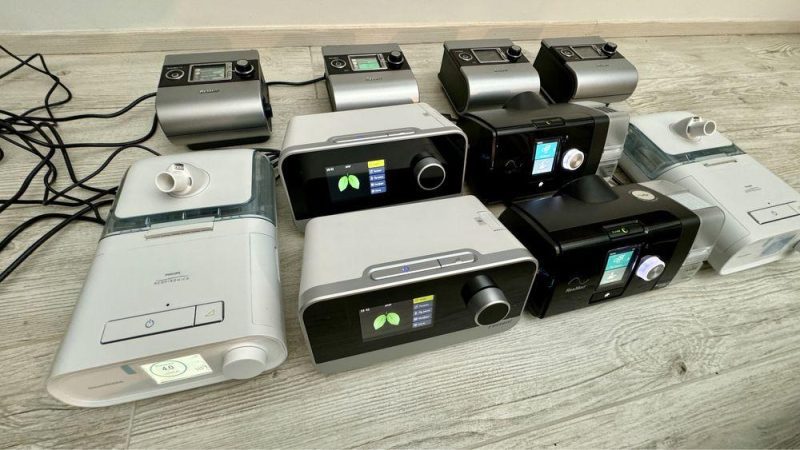
Home use of CPAP devices is a convenient and effective way to treat obstructive sleep apnea. Thanks to the wide range of capabilities of modern devices, patients can receive high-quality treatment in the comfort of their homes. It is important to choose the right device, adjust it according to the doctor’s recommendations, and ensure regular maintenance of the equipment.
Ensuring comfort while using a CPAP device is a key factor in successful therapy. Choosing the right mask, adjusting the parameters of the device, and maintaining optimal sleep conditions will help the patient get the most out of therapy and improve their quality of life.
